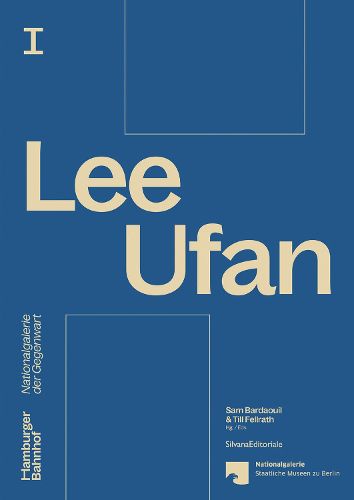Readings Newsletter
Become a Readings Member to make your shopping experience even easier.
Sign in or sign up for free!
You’re not far away from qualifying for FREE standard shipping within Australia
You’ve qualified for FREE standard shipping within Australia
The cart is loading…






The volume provides an insight into the work of the Korean artist Lee Ufan (born 1936, lives and works in Kamakura, Japan and Paris), one of the most important representatives of the Mono-ha school in Japan and the Dansaekhwa movement in Korea, which developed in parallel to other minimal art movements.
Lee's philosophical writings shaped the artists' collective Mono-ha (School of Things), which was active in Tokyo from 1968 to 1975. Mono-ha is one of the most influential styles of post-war art in Japan. In their sculptures and installations, the artists combined raw materials such as stones, branches or earth with industrial materials such as steel or glass. In the Dansaekhwa movement, Korean artists began to explore abstraction and materiality in the mid-1970s, especially in monochrome painting.
Text in English and German.
$9.00 standard shipping within Australia
FREE standard shipping within Australia for orders over $100.00
Express & International shipping calculated at checkout
The volume provides an insight into the work of the Korean artist Lee Ufan (born 1936, lives and works in Kamakura, Japan and Paris), one of the most important representatives of the Mono-ha school in Japan and the Dansaekhwa movement in Korea, which developed in parallel to other minimal art movements.
Lee's philosophical writings shaped the artists' collective Mono-ha (School of Things), which was active in Tokyo from 1968 to 1975. Mono-ha is one of the most influential styles of post-war art in Japan. In their sculptures and installations, the artists combined raw materials such as stones, branches or earth with industrial materials such as steel or glass. In the Dansaekhwa movement, Korean artists began to explore abstraction and materiality in the mid-1970s, especially in monochrome painting.
Text in English and German.